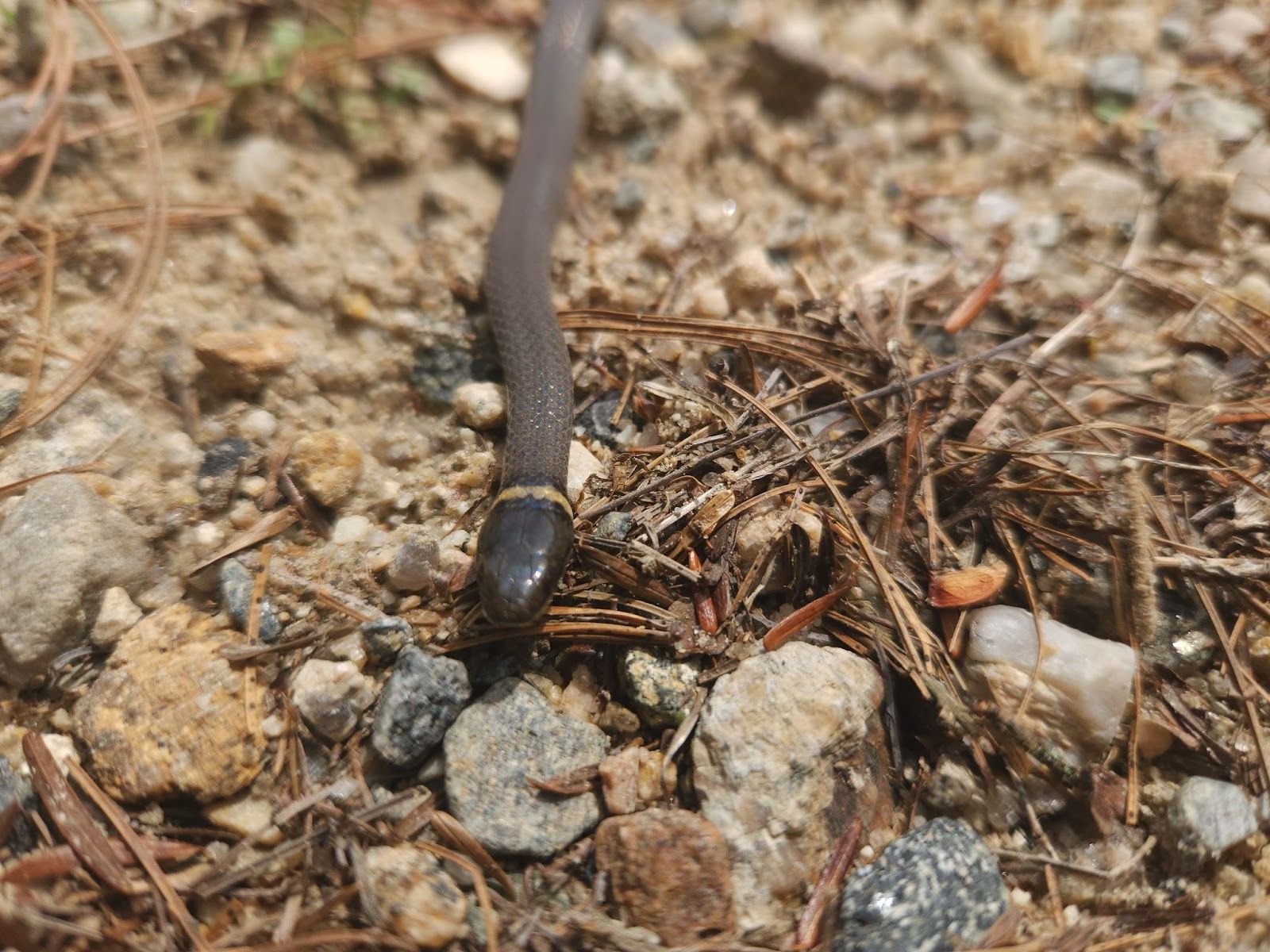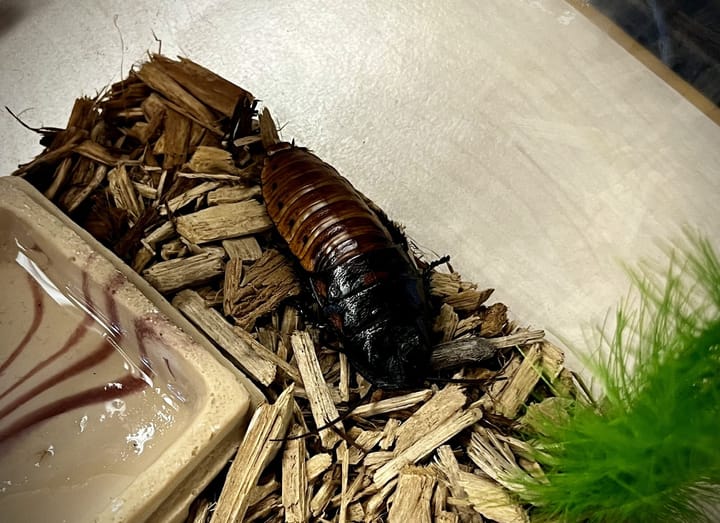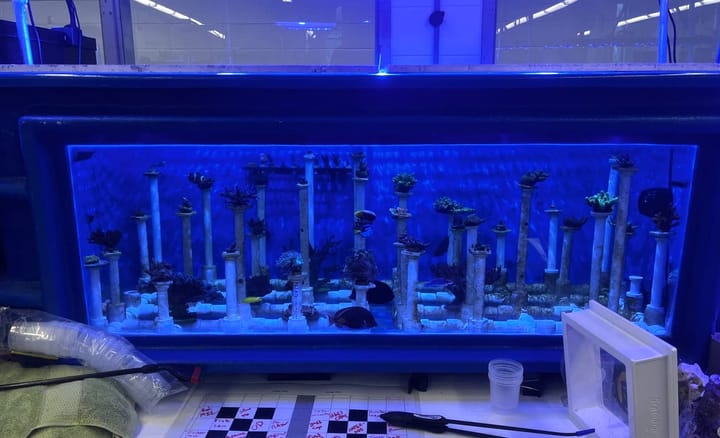A Student Snake Expert on Connecticut's Native Snakes
The third in a four-part series on the native snakes of Connecticut.

Connecticut isn't known for its exciting wildlife. That all changes when in comes to snakes. In this third installment of a four-part series, a look at three of Connecticut's fascinating native snakes.
The Northern Ringneck Snake
Diadophis punctatus edwardsii

The northern ringneck snake is another very small species of snake, only measuring in between 10–15 inches. Multiple female ringnecks will lay eggs in the same spot, creating large egg groups. The average female lays 5–10 eggs in a moist place (such as a rotting log), so up to 50 eggs from several different mothers can be found in single location. The adults will eat insects, salamanders, earthworms, slugs, and small frogs.
The Northern Redbelly Snake
Storeria occipitomaculata

The northern redbelly snake is a very small species of snake, with a maximum length of around one foot. The redbelly’s scientific name, Storeria occipitomaculata, is derived from the name of zoologist David Humphreys Storer and the Latin words occiput (meaning ‘back part of the head’) and macula (meaning spot or mark.) These snakes are found in woodlands and their diet often consists of insects, slugs, earthworms, and beetle larvae.
The Smooth Green Snake
Opheodrys vernalis

The smooth green snake is another small and slender snake reaching a maximum length of two feet. These snakes are highly arboreal, which means that they spend most of their time up in the trees and very little time on the ground. The smooth green snake’s diet consists of caterpillars, harvestmen, moths, ants, snails, spiders, and slugs. Unlike many other snakes, the smooth green snake doesn’t use venom or constriction to kill its prey. It simply strikes and swallows the prey. Living in the trees makes prey accessible, but also leaves it vulnerable to predators such as large birds, bears, foxes, raccoons, and even common house cats.
Check back in the December edition for part four of this four-part series on Connecticut's native snakes.





